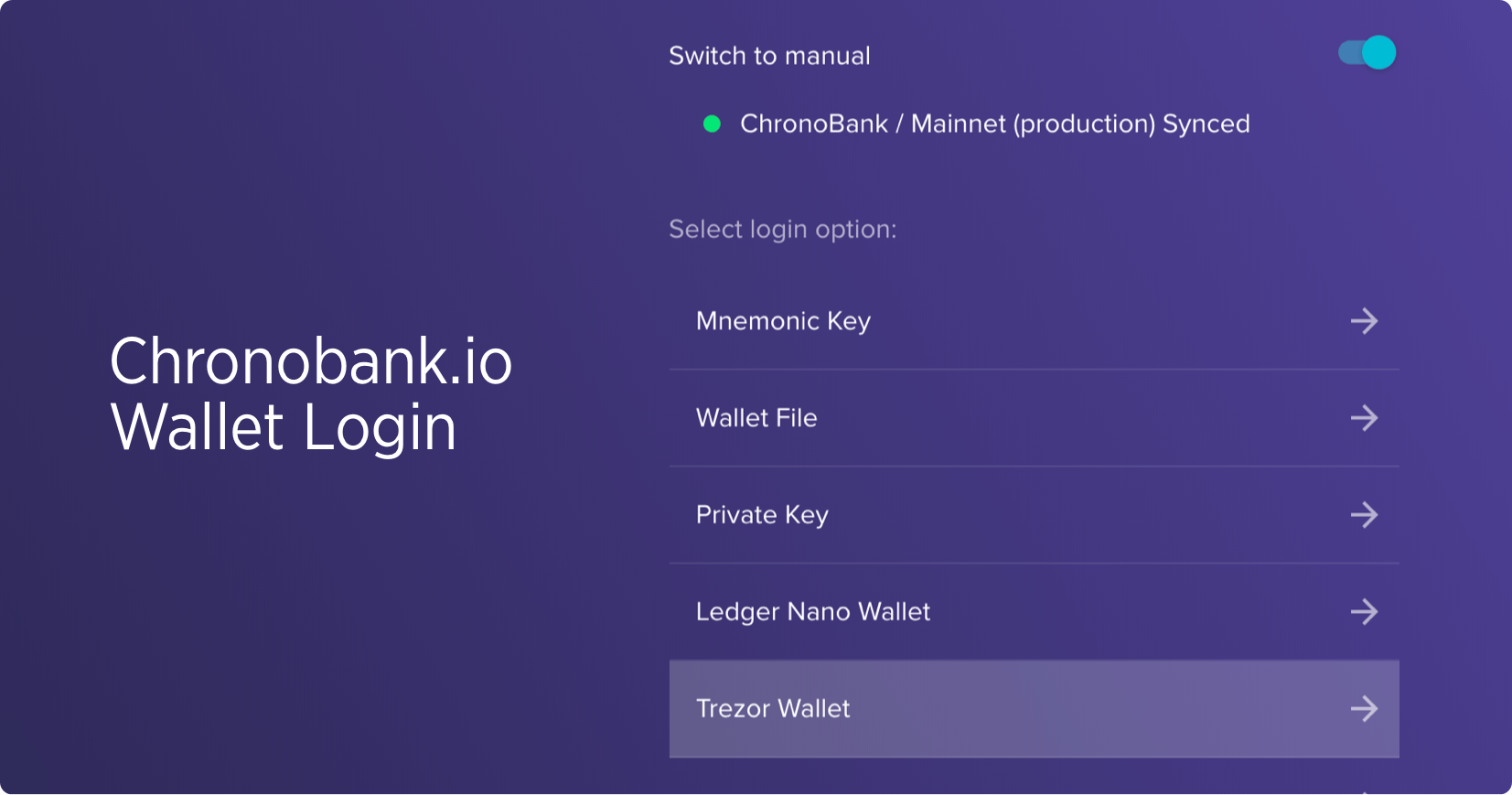Blockchain Platforms: To Break or Not To Break With Mental Models
Jan 31st, 2019 - Written by Andree Huk
In regard to UX (user experience), the blockchain space offers a lot of opportunity but on the same token lots of challenges, a plethora of pitfalls and bottlenecks.
As I penned in the recent article about Product and Usability Challenges of Decentralized Services:
You may wonder why the fuss? In fact, on the surface it looks pretty much the same. Below the surface, it ain’t.
As many non-designers confuse the term UX with UI, I like to point out upfront that the challenge in the blockchain space is not the UI (= “on the surface” shown in the quote above), i.e. the visual screen aspect of the user experience nor IxD (interaction design) of a service.

The real challenge, so to speak, is below the surface
The technological differences between decentralised and centralized services are the main reasons for these challenges, of course. This is likely to be obvious to everyone who has looked into blockchain technology from a user experience perspective. What is not be so obvious, in fact, are the nuanced repercussions of the technology in terms of product and user experience.
Why?
Because the devil is in the details. As I wrote in the last article:
The browser, or frontend, does the heavy lifting. And, of course, the technical requirements or implications do influence product aspects and decisions, and these in turn do heavily influence the experience overall, e.g. user journey and such.
To break or not to break with mental models
What’s a mental model? A person’s mental model depicts how the world works from that person’s perspective, or in terms of UX, how a certain product actually works and, therefore, how similar services may also work. The person projects that mental model onto a new, yet to use service.
Let’s cover two popular cases that have strongly developed mental models.
- A conventional registration flow
- Buy and sell on sites like Craigslist (US), eBay-Kleinanzeigen (DE) or Wallapop (ES)
Designers and developer must clear obstacles at the very beginning of a users’ journey. With conventional services someone has solved these obstacles already years ago, and are therefore taken as a given.
A conventional registration flow
I would proclaim (without having a lot of data at hand) that almost anyone below 70 has at least registered with one service online in the past. The more online services one uses the stronger the mental model in regard to how these services work. In our case: the stronger the mental model regarding how registration or login flows work.

As briefly discussed above (or in more detailed in Product and Usability Challenges Part I and Part II) a registration flow on “blockchain-infused” services (between 51% and 100% decentralised) faces different technical and interaction design challenges. Central to these differences is that the frontend does the heavy lifting.
As the name implies, the main difference is: decentralized services work without a central server. Therefore, a lot of logic is moved to the frontend, ie. the browser.
Alas, a decentralized service can either deploy a––registration flow that matches the prevailing mental model (even though the fundamental logic is different) or––different flow or method (but expect that a user employs an old, conventional mental model)
Neither option will work flawlessly, both have their issues.
Designers and developer must clear the newly found obstacles at the very beginning of a users’ journey. Due to the technical differences and therefore changes in logic, the sign-up flow for users is greatly different. With conventional services the industry as a collective has solved these obstacles years ago, and are taken as a given.
Not in decentral-land.
In fact, the important question to ask regarding registration flows is whether to break or not to break with mental models! Breaking with a model does imply, of course, that users cannot fall back on their existing mental models that have worked well over the past. They have to alter or rebuilt theirs from scratch.
Try the registration and login flow of either BitBay’s decentralized marketplace (in private beta at time of writing) or ChronoBank to see first hand how such a new flow could work. You may also notice that these aren’t perfect yet. Especially the one deployed at Chronobank isn’t as simple as we have been used to with conventional services.
Buy and sell platforms
The holy grail for decentralized platforms to buy and sell wares is to replace the required trust (conventional, centralized) with smart contracts (decentralized). Remind yourself that using smart contracts implies that each and every potential case (while buying and selling) would need to be covered when a buyer purchases an item from a seller.
The prevailing mental model that users would employ is probably very similar to yours. It may imply this process:
- You find an item
- You message the seller that you are interested
- Both parties agree on a price
- You make the payment
- The seller sends the item
Now, please notice that the typical, conventional online marketplace itself isn’t involved much right after you declare your interest (step 1, perhaps step 2). The most crucial aspect is that sellers can post an item that buyers can find.
The prevailing model implies that most steps in the process of completing a sale is off-platform. On decentralized services these steps are all on-platform.

The communication between buyer and seller, the payment and shipment are outside the platform.
Now, the holy grail on decentralized services are it’s smart contracts. The most crucial part for these contracts for online marketplaces would be:
- Agreement on a price
- Take a deposit from both parties to align their incentives
- Allow payment
- Track shipping
- Refund deposits
All of the steps above shall be covered by smart contracts otherwise the value proposition goes sour. As an aside keep this in mind: To make such a platform work one option could be to develop parts of the system in a centralised architecture and the core contracts logic fully decentralized.
How does this relate to mental models?
The prevailing model implies that most steps in the process of completing a sale is off-platform. On decentralized services these steps are all on-platform (apart from shipping of course). Furthermore, each and every step on the platform imply certain actions by the buyer and seller in order to complete the purchase or sale successfully.
Do you see the challenges for such platforms?
Conclusion
I hope I was able to show you why the blockchain space is onto so many challenges in order to Cross the Chasm into the mainstream. In terms of mental models, the bottom line is pretty clear: Break with mental models. They have too. Ideally, of course, new flows or patterns emerge that somewhat match the prevailing mental models as best as possible, so that mainstream users would have the lowest learning curve while adapting new blockchain-infused services.
It is a huge challenge for the industry but it’s certainly a solvable one!
Want to come up with a new digital product, expand your existing business, stay competitive? What's your next step?
Get in touch with Andree Huk
at +49 30 5557 7174 or [email protected].